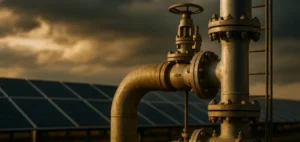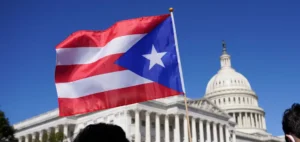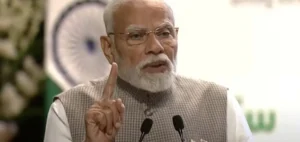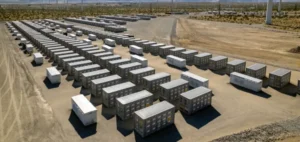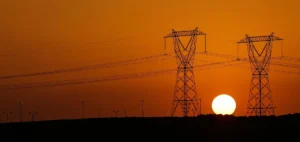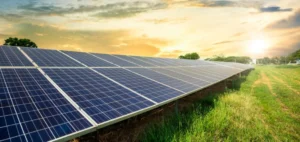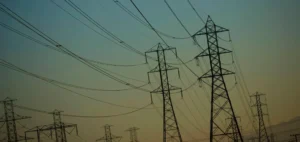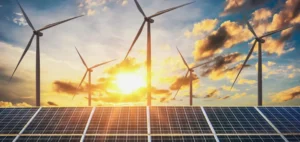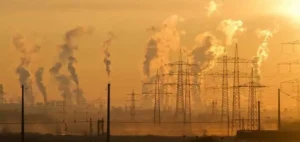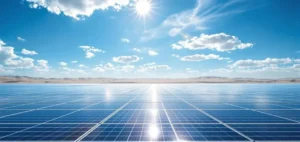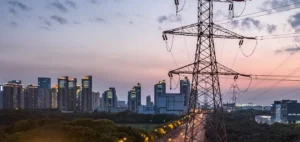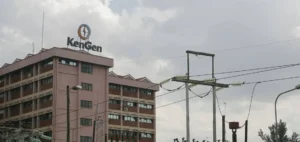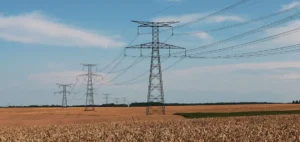Olaf Scholz’s government will publish late Monday afternoon the results of a long-awaited report on its energy supply, which, according to various media, should lead to an extension of the operating life of its remaining nuclear power plants.
Germany, which had previously intended to say goodbye to the atom at the end of this year, may finally be forced to postpone this decision, in the face of growing fears of an energy crisis linked to the gas dispute with Russia.
A difficult choice, especially for the Minister of the Economy, Robert Habeck, a figure of the Greens, determined opponents of nuclear power since the creation of the party over 40 years ago.
Mr. Habeck will present the results of this “stress test” at a press conference on Monday at 18:00 local time (16:00 GMT).
The four German electricity network operators, 50Herz Transmission, Amprion, TenneT TSO and TransnetBW, who commissioned the study, are expected to join him.
A first test in March concluded that the three nuclear power plants still operating in Germany were not necessary to ensure the energy security of Europe’s largest economy.
These currently produce 6% of the net electricity production in Germany.
But since then the situation has become more complicated. Based on informed sources, the German business daily Handelsblatt said on Friday that it seemed sensible not to disconnect two of the three remaining plants. In the government’s sights are Isar 2 (near Munich) and Neckarwestheim 2 (located in Baden-Württemberg, southwest).
“It seems that we can’t do otherwise,” said a senior German official, quoted anonymously in Handelsblatt.
Last week, the weekly Der Spiegel even mentioned the possibility of extending the power plants beyond the end of 2022.




